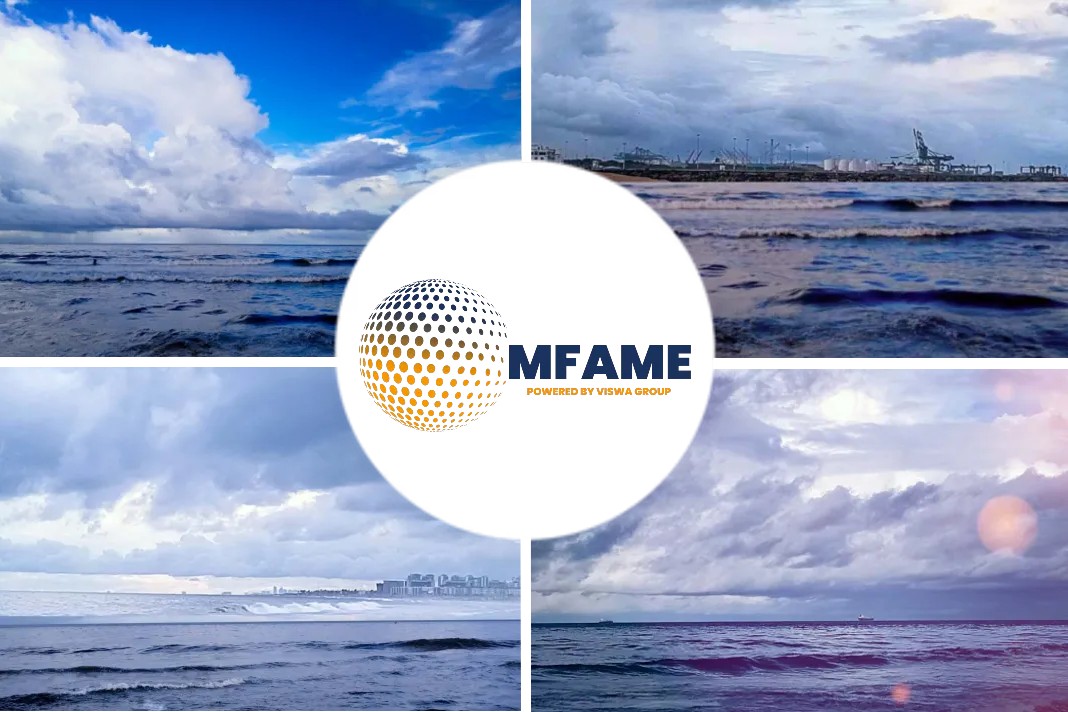
Despite Russia’s involvement in war and the OPEC cartel’s production cuts, oil prices are continuing to drop due to global recession fears and concerns over Chinese demand. This translates to cheaper marine fuel costs for ocean shipping, positively impacting operating margins. However, listed tanker owners are experiencing falling share prices and faltering sentiment despite sustainable vessel supply fundamentals pointing to a rate rebound. Deutsche Bank has lowered its 12-month price target for product-carrier owner Scorpio Tankers by 15% due to negative macroeconomic sentiment and downside demand risks.
Marine fuel prices back to 2021 levels
Most commercial ships use low-sulfur fuel, known as VLSFO, since the implementation of environmental regulations. However, ships with exhaust gas scrubbers can still use cheaper high-sulfur fuel (HSFO). The average price of VLSFO has fallen to $593.50 per ton, roughly half the high reached in June 2022, and HSFO prices are down 35% from the peak in May 2022, and back to levels seen in September 2021. These lower prices are positive for operating margins, but negative for owners of vessels with exhaust gas scrubbers.
VLSFO-HSFO spread below $100 per ton
The VLSFO-HSFO spread has significantly narrowed, reaching $97 per ton on Monday, down 60% over the past three months. Scrubber-equipped ships benefit from higher positive net spot income due to fuel cost savings when the spread is wider. A VLCC with scrubbers earns a premium of $6,000 per day versus a non-scrubber VLCC as of Tuesday, compared to $24,000 per day in July 2022. A bulker in the Capesize category with scrubbers netted $4,200 per day more than a non-scrubber Capesize as of Tuesday, compared to $18,000 per day in July 2022.
Did you subscribe to our newsletter?
It’s free! Click here to subscribe!
Source: Freight Waves





















